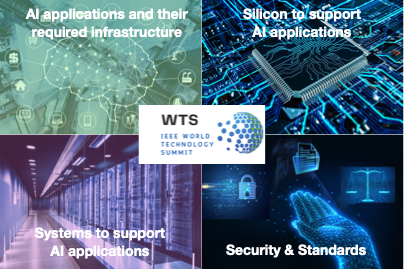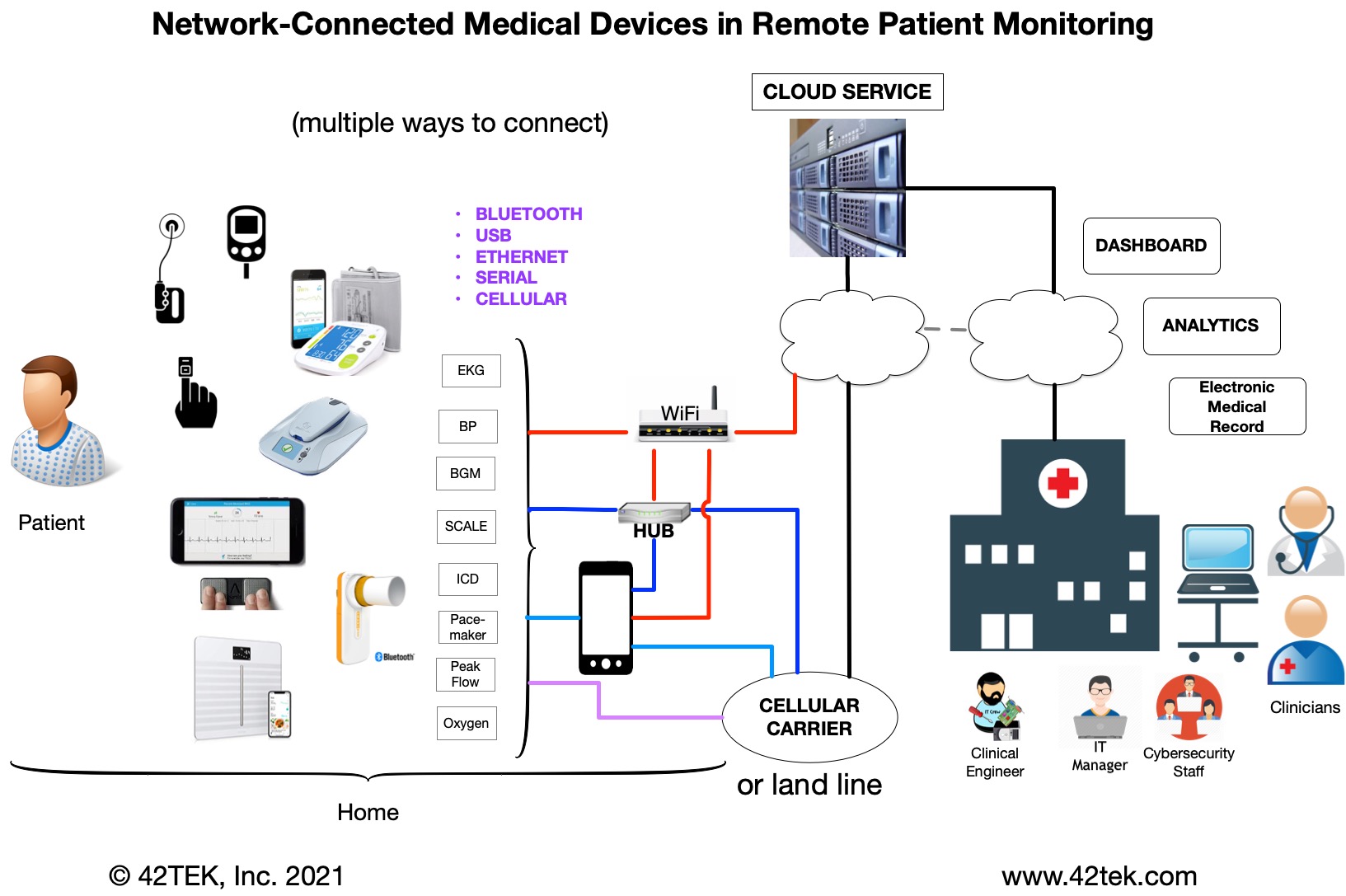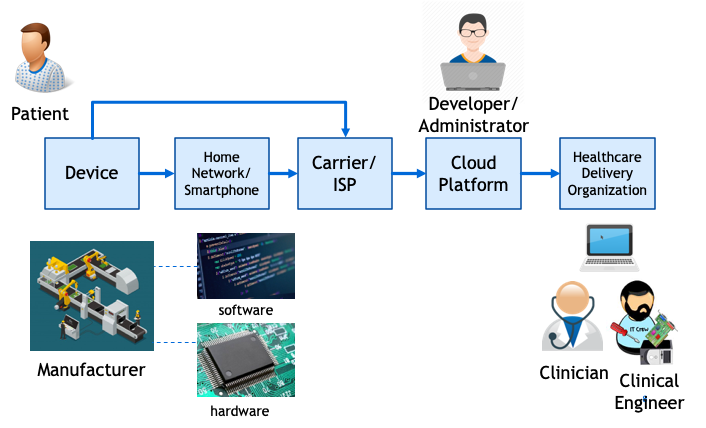
IEEE World Technology Summit on AI Infrastructure, November 12-14, 2024 at the San Jose Convention Center
A lot of conferences are about the What of AI. This one was about the How – that is, the underlying infrastructure needed to support AI. This means the silicon, systems, and applications, plus security, standards and regulations to provide the framework for success.
The event featured top executives from around the world discussing how to solve our immediate problems, focusing on these core areas:
- Al applications and their required infrastructure
- Silicon to support Al applications
- Systems to support Al applications
- Security & Standards & Laws
I moderated the session on Security & Standards & Laws.
All of the speakers were from industry, except one from UC Berkeley and one from the National Science Foundation.
Attendees came away with increased understanding of challenges and solutions in providing the infrastructure needed to support the fast-growing AI industry.
TUESDAY November 12
Event Reception
WEDNESDAY November 13
Morning:
Welcome & Keynote
AI Applications
Applications utilizing Artificial Intelligence are growing rapidly but to enable them the suitable infrastructure must be there. Key growing areas including Large Language Models, Medical applications (consumer and professional), Electronic Design Automation, and Digital Twins are greatly influencing the requirements for infrastructure. This session will examine these and other topics to understand their possible growth and infrastructure needs.
Afternoon:
Silicon
The underlying silicon is a critical enabler for computing in Artificial Intelligence and its infrastructure. This session illustrates multiple perspectives on challenges in silicon technologies for AI/ML and its impact on AI/ML solutions. We will consider different aspects including silicon architectures, development and verification challenges, packaging, and aspects of energy consumption and cooling.
THURSDAY November 14
Morning:
Systems
Although there are many elements to providing AI solutions from servers to edge to client, one of the key current challenges rests in the server technology. Servers provide the backbone necessary for complex computation and data management that AI needs to provide its services. Both power and cooling are critical elements that if not available and managed, we will not be able to provide the computational power needed to make them happen. This session considers the challenges spanning from server to edge to client, but the primary focus is keeping the servers operating.
Afternoon:
Security & Standards
There are concerns about risks involving both the development and use of AI. Everyone working on AI Infrastructure needs to be mindful of these concerns. With respect to Security, this session considers cybersecurity risks affecting the computation involved in providing AI products and services and also possible adverse impacts from the use or abuse of AI. With respect to Standards, this session includes work by IEEE on the development of standards for AI and also covers international, national, and state government activity to create laws and regulations to guide and control AI.
Details are available at https://wts.ieee.org








